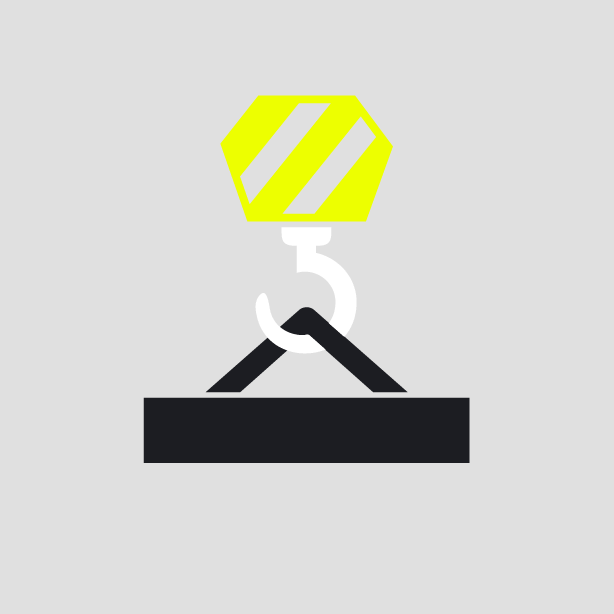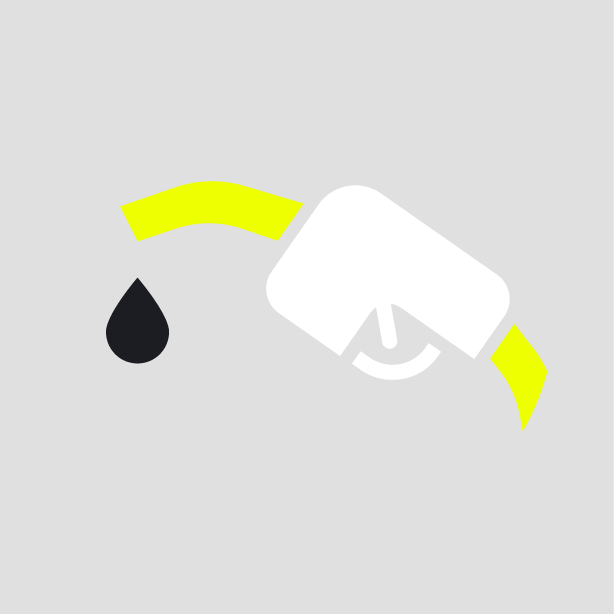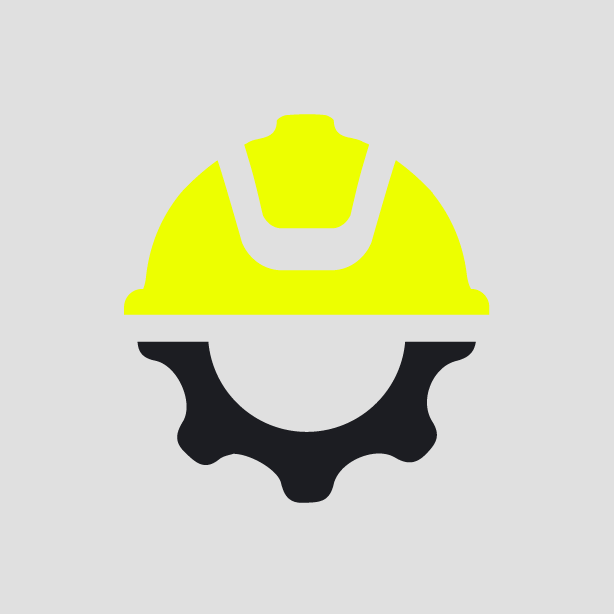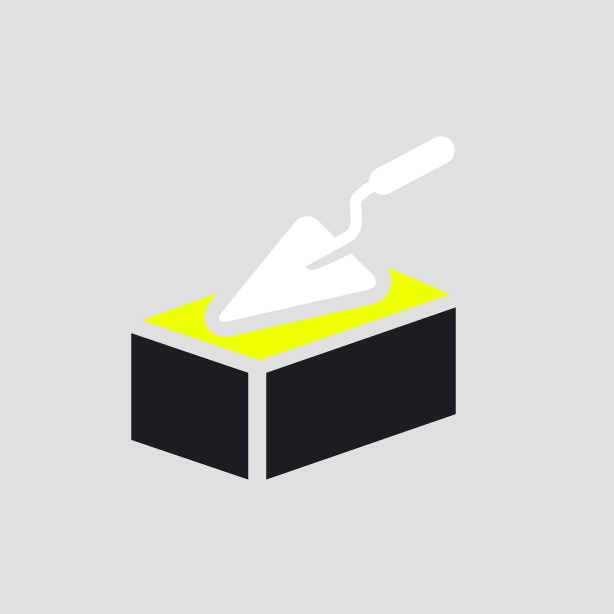-
What happened?
A wind turbine nacelle was required to be yawed 180 degrees away from an adjacent jack-up vessel due to incoming bad weather. This would have allowed the turbine blades to idle without contacting the vessel.
The nacelle yawed while the vessel was positioned adjacent to the wind turbine.
One of the blades impacted with the vessel and was significantly damaged (see image). A jetting hose reel outer frame was found slightly damaged.
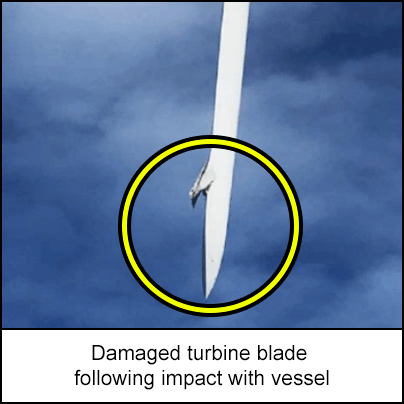
-
Why did it happen?
During yawing operations, a dedicated spotter was required to be situated on the vessel deck and in communication with the team in the turbine nacelle. He became distracted by poor housekeeping on the deck and lost focus on the movement of the nacelle.
This allowed over rotation of the nacelle, which in turn resulted in one of the blades hitting the vessel.
Poor communication, the lack of a second spotter, and poor housekeeping on the deck occurred due to poor pre-task planning.
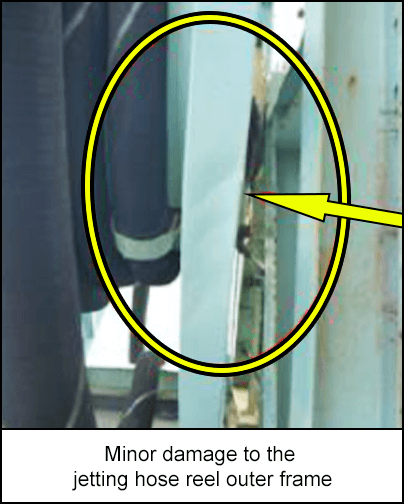
-
What did they learn?
A minimum of two spotters should overview operations, one situated on the vessel and another on the nacelle helicopter platform.
Continuous communication between agreed lead spotter and nacelle team should be maintained during yawing operations. Loss of continuous communication would trigger an ‘all stop’.
Develop a dedicated checklist for yawing operations and complete it before the activity.
Communicate the work instructions to all on board, including any updates to the risk assessment method statement (RAMS) and checklists.
Organise safety workshops for learning from past incidents and look at the corrective actions in detail. Arrange refresher training for staff where needed.

-
Ask yourself or your crew
How can something similar happen here? What would the consequences be?
What steps should we follow if a nacelle is spotted yawing?
How many spotters do we use for yawing activities?
- Where are they positioned?
- Should we have more? Why?
How do we communicate with teams situated on adjacent vessels/on wind turbines? What should we do if the communication is poor/not constant?
What other hazards are there when working on wind turbines?

Add to homescreen
Content name
Select existing category:
Content name
New collection
Edit collection
What happened?
A wind turbine nacelle was required to be yawed 180 degrees away from an adjacent jack-up vessel due to incoming bad weather. This would have allowed the turbine blades to idle without contacting the vessel.
The nacelle yawed while the vessel was positioned adjacent to the wind turbine.
One of the blades impacted with the vessel and was significantly damaged (see image). A jetting hose reel outer frame was found slightly damaged.

Why did it happen?
During yawing operations, a dedicated spotter was required to be situated on the vessel deck and in communication with the team in the turbine nacelle. He became distracted by poor housekeeping on the deck and lost focus on the movement of the nacelle.
This allowed over rotation of the nacelle, which in turn resulted in one of the blades hitting the vessel.
Poor communication, the lack of a second spotter, and poor housekeeping on the deck occurred due to poor pre-task planning.

What did they learn?
A minimum of two spotters should overview operations, one situated on the vessel and another on the nacelle helicopter platform.
Continuous communication between agreed lead spotter and nacelle team should be maintained during yawing operations. Loss of continuous communication would trigger an ‘all stop’.
Develop a dedicated checklist for yawing operations and complete it before the activity.
Communicate the work instructions to all on board, including any updates to the risk assessment method statement (RAMS) and checklists.
Organise safety workshops for learning from past incidents and look at the corrective actions in detail. Arrange refresher training for staff where needed.
Ask yourself or your crew
How can something similar happen here? What would the consequences be?
What steps should we follow if a nacelle is spotted yawing?
How many spotters do we use for yawing activities?
- Where are they positioned?
- Should we have more? Why?
How do we communicate with teams situated on adjacent vessels/on wind turbines? What should we do if the communication is poor/not constant?
What other hazards are there when working on wind turbines?
A wind turbine nacelle yawed while a vessel was positioned adjacent to the turbine, causing one of the blades to hit the vessel. The turbine blade was significantly damaged.









